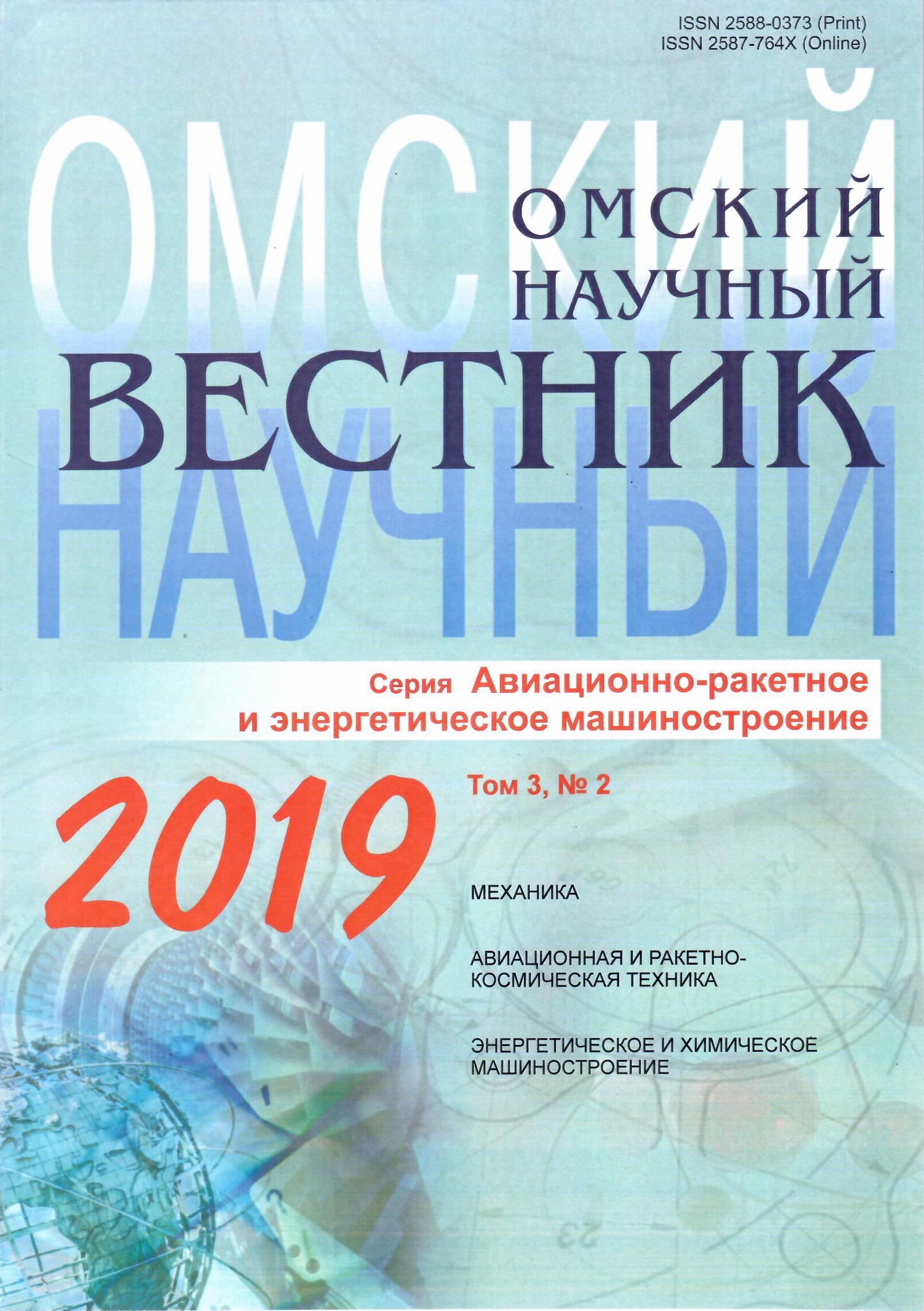Study of unusable liquid propellant residues evaporation processes parameters in the tanks of launch vehicle worked-off stage in microgravity
DOI:
https://doi.org/10.25206/2588-0373-2019-3-2-103-114Keywords:
worked-off rocket stage, liquid propellant residues, hydrogen peroxide, heat carrier, evaporationAbstract
A method is proposed for studying the evaporation process of unusable rocket propellant residues in worked-off stage under weightless conditions. Two options are considered as boundary conditions for liquid rocket propellant residues: a) liquid drop distribution in N identical drops, which surface decreases during evaporation and b) the liquid location in the lower tank bottom and the mirror presence, which area decreases during evaporation. A high-temperature stream of hydrogen peroxide decomposition products is used as a heat carrier fed to the fuel tank. The physical and mathematical model of the liquid evaporation process is based on the first thermodynamics law. Based on the analysis of the Frud and Grashof criteria, the assumption that there is no convection movement inside the drop (Rayleigh number is less than critical) for both boundary conditions variants, the heat transfer coefficient of the gas-vapor mixture produced in the tank is determined based on the regression dependence obtained in ground conditions as a function of from the Nusselt, Reynolds, Prandtl numbers. Comparisons of the gasvapor mixture parameters for the considered boundary conditions variants and the proposed physical mathematical model with the results, obtained earlier, for the boundary conditions variant of uniform fluid distribution over the inner tank wall (third boundary conditions variant) and using the boundary layer theory based on integral impulses, energy and diffusion ratios are given. The thermophysical gasvapor mixture parameters and the gas-vapor mixture exhaust velocity for oxygen, kerosene for two boundary conditions types are given, using the example of Soyuz-2.1.v type fuel tanks. The total rocket propellant residues evaporation system design mass is less than 1,3 % of the total «dry» worked-off stage design mass.
Downloads
Published
How to Cite
Issue
Section
License
Non-exclusive rights to the article are transferred to the journal in full accordance with the Creative Commons License BY-NC-SA 4.0 «Attribution-NonCommercial-ShareAlike 4.0 Worldwide License (CC BY-NC-SA 4.0»)




